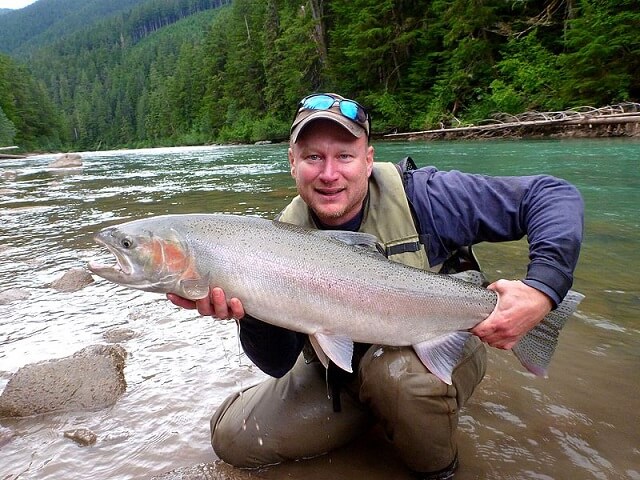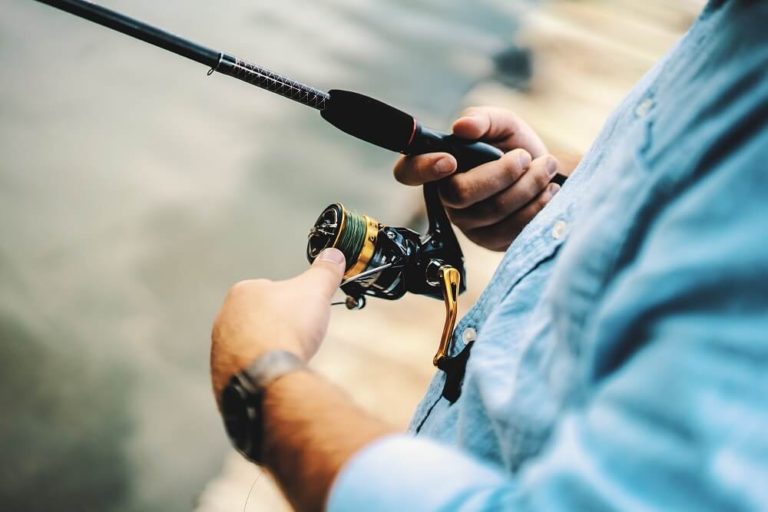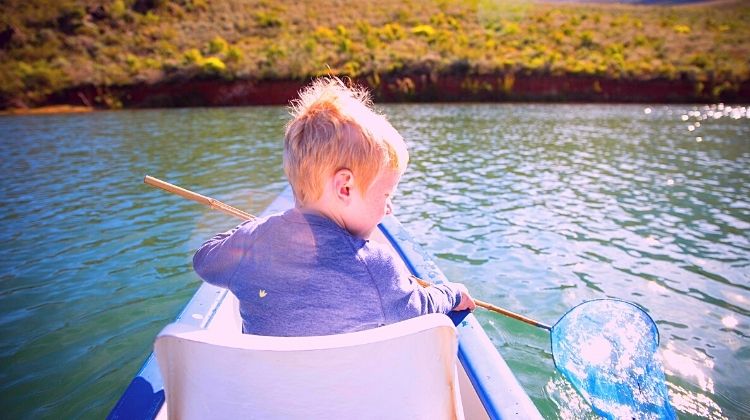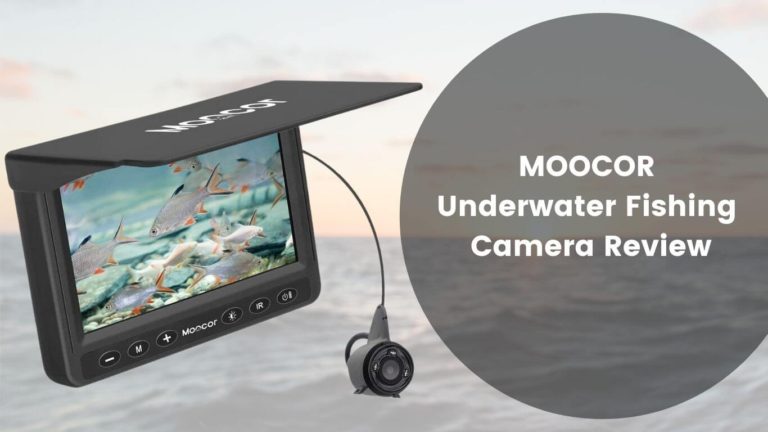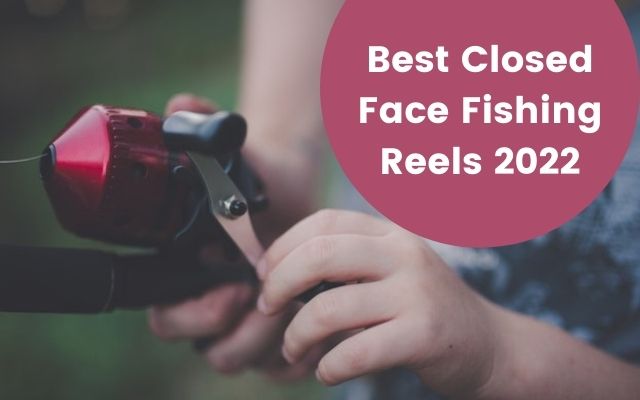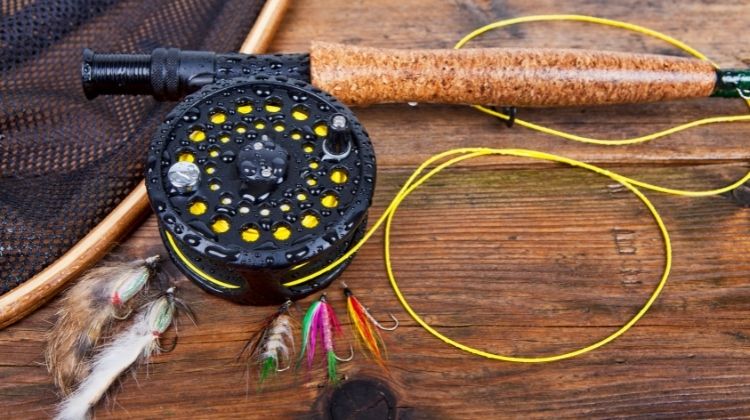Striped Bass Fishing: The Ultimate FAQ Guide
Striped bass fishing is not as difficult as it appears. You only need to know the basics about the fish. For example what they like to eat, where they live, how long they live, and how big they are.
If you want to catch them in a specific area of water, you’ll also need to be aware of the tides so you can cast your line at the right time!
Read this blog post on striped bass fishing, to get all the answers and get on the water soon!
What is a striped bass?
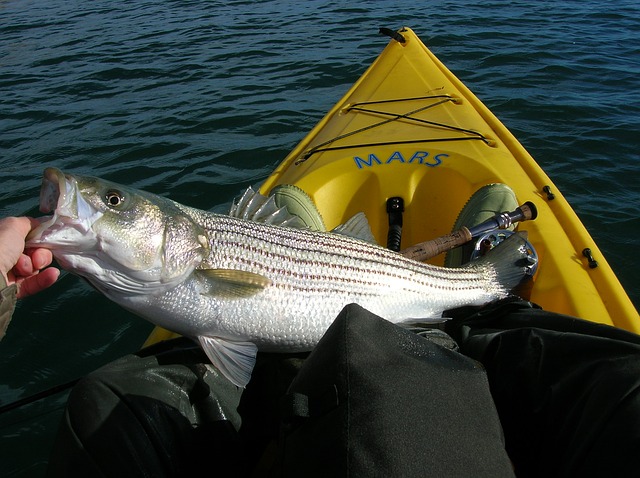
Striped bass, or rockfish as they are also known, can be found all along the eastern coast of North America. They’re a favorite with anglers and fishers alike because they’re not only plentiful but also often very large.
The striped bass is an important part of local economies in places like California and New England. In these areas fishing is one of the biggest industries.
Striper populations have been on the decline for years now though, so it’s more difficult than ever to catch them!
Where do they live?
Striped bass are almost always near the shore, in bays and inlets. They also prefer brackish or freshwater areas rather than saltwater. You can find them sitting on mud flats waiting for their next meal to swim by!
People often mistake other types of fish for striped bass when they’re out fishing. Sometimes you can see them swimming around in the same places.
Since they like to sit around waiting for their prey, you must get their attention before they will take your bait. This involves recreating some aspect of what they eat using artificial lures!
What do they eat?
Striped bass are carnivores that eat other fish, crustaceans, mollusks, and sometimes eels. They hunt along the bottom of shallow waters for food which usually consists of mostly small fish and shrimp.
Knowing this can help you determine what to use to attract the attention of a striped bass because they like their prey to be smaller than themselves.
Stripers also feed on crabs and menhaden like other fish. That is why they can be caught on herring or pogies (herring-like bait fish) as well.
There are several types of lures you can use to help attract them: topwater lures, spoons, plugs, jigs and soft plastic bait.
What do they look like?
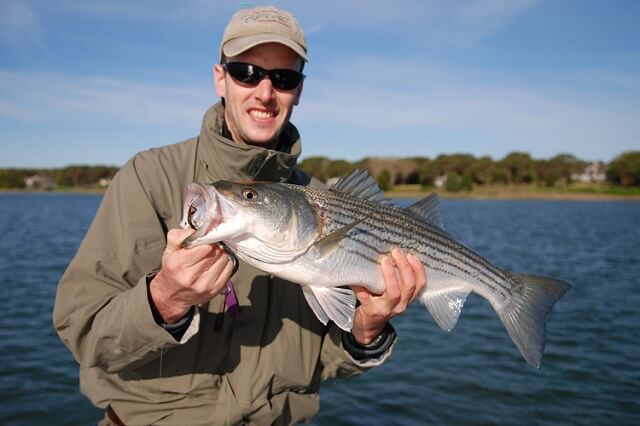
Adult striped bass can grow as long as six feet and weigh as much as 80 pounds. But on average they are between 25 and 50 inches long and weigh 20 to 30 pounds.
Their coloring makes them difficult to see in the water at times especially if they’re silvery and white! If you’re looking at them from above, they’re dark blue or green with light colored bellies. They often have black spots on their backs.
How long do they live?
Striped bass are anadromous fish which means that they spend most of their lives in saltwater but return to spawn in freshwater rivers like the Delaware while smaller fish will stay in the bay.
Their lifespan is about 15 years on average but they’re known for living as long as 30 years!
What size are striped bass?
A legal sized striper is one that’s between 28 and 33 inches with around 5 to 10 pounds of weight.
The biggest striped bass caught so far was off the coast of Massachusetts and weighed 100 pounds!
Where can I catch them?
In order to catch a striped bass, you need to be near an area where they feel comfortable. They often sit around in deeper waters or muddy areas waiting for food to come by. You can see them during the day but they’re more active at dawn and dusk.
They can be caught all along the East Coast from Massachusetts to Florida and as far west as California!
How do I catch a striped bass?
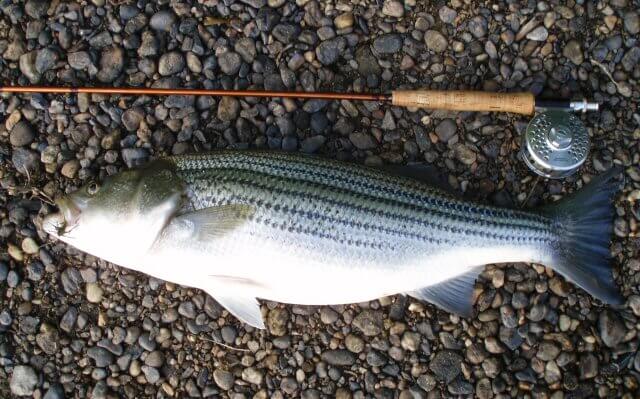
What you’ll need:
A rod, reel, wire leader, bait or lure, weight sinker, swivel, hooks and fishing line.
First get your equipment ready and then choose your bait. If you’re planning on using live bait like menhaden, you’ll need a wire leader to protect the swivel from their sharp teeth.
If you want to use artificial lures like spinners or plugs, make sure they fit the bill and look realistic enough for striped bass to take an interest in them.
Once you have your gear ready and bait, find a spot where stripers hang out during the day. There are a lot of them near bridge pilings, piers, rocks and reefs.
If you’re using live bait like eels or crabs, cast it out as far as possible. If you use artificial lures like spoons or plugs, cast them close to the structure that you’re fishing near.
Try not to let your bait sit for too long because stripers will lose interest in it after a while. You also want to make sure that you don’t set the hook until the fish has taken hold of your bait!
What can I use as bait?
There are a lot of ways to catch striped bass. The most common ones are using eels, herring or squid.
Eel: Eels are one of the best things that you can use as bait to attract stripers because they’re abundant and easy to catch. Just tie them to your hook after making sure that the hook is sharp and they’re ready to be used.
Herring: Herring bait can be caught by using a cast net or purchasing them from a fishing supply store. If you want to use them for live bait, put them in an aerated tank where they’ll be able to breathe well and keep alive.
Squid: Squid can either be put on a hook on their own or used as a jig.
If you want to use them for live bait, drop them into an aerated tank where they’ll have space to swim around and breathe naturally. If you’d rather use them as a jig, attach the squid to your hook with some thread made from nylon or cotton.
Striped Bass Facts:
- Cannot be legally harvested with an artificial lure that has a single hook, such as a spinner or single hook lure.
- Migrates in groups along the Continental Shelf’s edge, where they follow an underwater cliff line and eat whatever comes their way.
- Increases chance of angler success in warmer months when fish are found in shallower waters (up to 20 feet deep).
- A striped bass is about 3.5-5.6 feet long and weighs between 10-55 pounds when fully grown!
- They are often caught near bridge pilings, piers, rocks or reefs since they sit around in deeper waters during the day.
- Most common species of bass east of the North American continent.
- Often referred to as a striped sea trout because they look similar to salmon and their meat is considered very tasty!
- Many anglers enjoy eating the striped bass that they catch, which has increased its numbers in recent years.
- Caught with live menhaden, eels, herring or squid.
- It’s related to the white perch but is larger, migrates in groups and eats whatever is in its path when following the Continental Shelf.
- Striped bass are better caught with live eels, crabs or menhaden than artificial lures like spoons or plugs.
- Striped bass are the largest species of sea trout, swimming in schools and eating whatever comes within their path when migrating.
- They’re best caught with live eels, crabs or menhaden than artificial lures like spoons or plugs.
- A striped bass is 3-10 pounds with a silvery body, blue-grey back and 5-7 vertical bars on its sides.
- Migrates by following the Continental Shelf in large schools which is why they can often be found near piers, rocks or reefs during the day.
- Fishes in shallow waters at night to eat crabs, clams, shrimp, oysters and other invertebrates.
Why are they good to eat?
They’re an oily fish that’s high in Omega 3 fatty acids.
They contain less mercury than other types of fish because they don’t eat other, smaller fish.
Striped bass (also known as rockfish) are silver with 5-7 vertical bars on their sides and migrate in large schools.
They only eat invertebrates such as crabs, clams and shrimp.
The flesh is strong and dense with an oily taste, making it one of the best types of fish to eat.
Conclusion:
The striped bass will bite on most lures and bait so it’s important to find out their favorite type.
There are a variety of fishing techniques to choose from. But the two most common are using a hook with a bait or lure attached. Another one is casting your line into the water and waiting for them to take your bait.
If you’re new to this type of fishing then we recommend starting off with traditional gear like a rod and reel before moving onto more advanced equipment that is often used offshore such as long lines. Happy Fishing!

Andy Allan, a well-known fishing enthusiast and hiking professional, runs the blog. Andy is a Georgia-based outdoor enthusiast. He has hiked throughout the United States and parts of Australia.
He is also well-known for his passion for fishing, particularly for bass, steelhead, and salmon. Andy discusses his adventurous life, fishing and hiking equipment reviews, and blog posts on hiking and fishing tips and tricks in Outdoors Activity.

